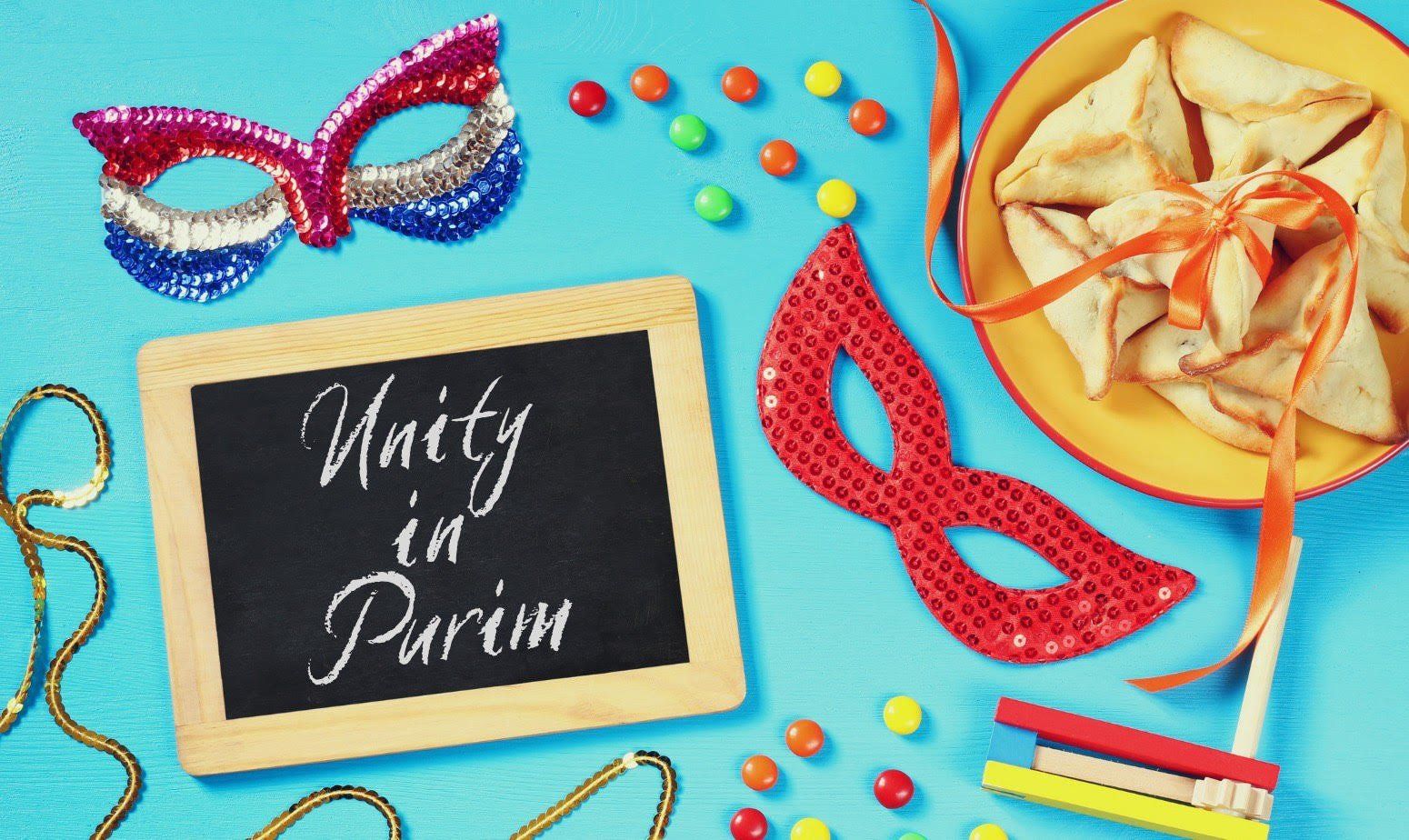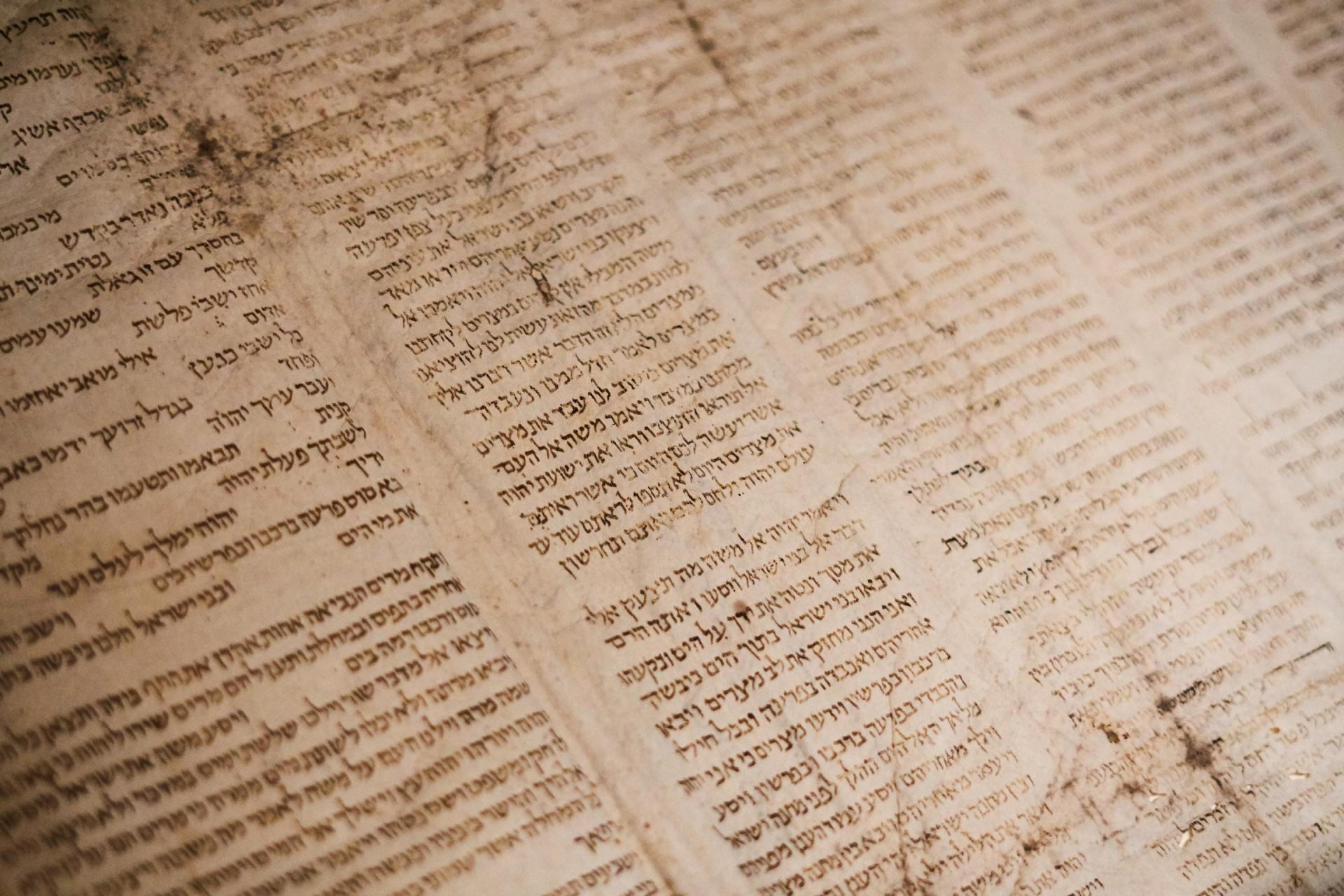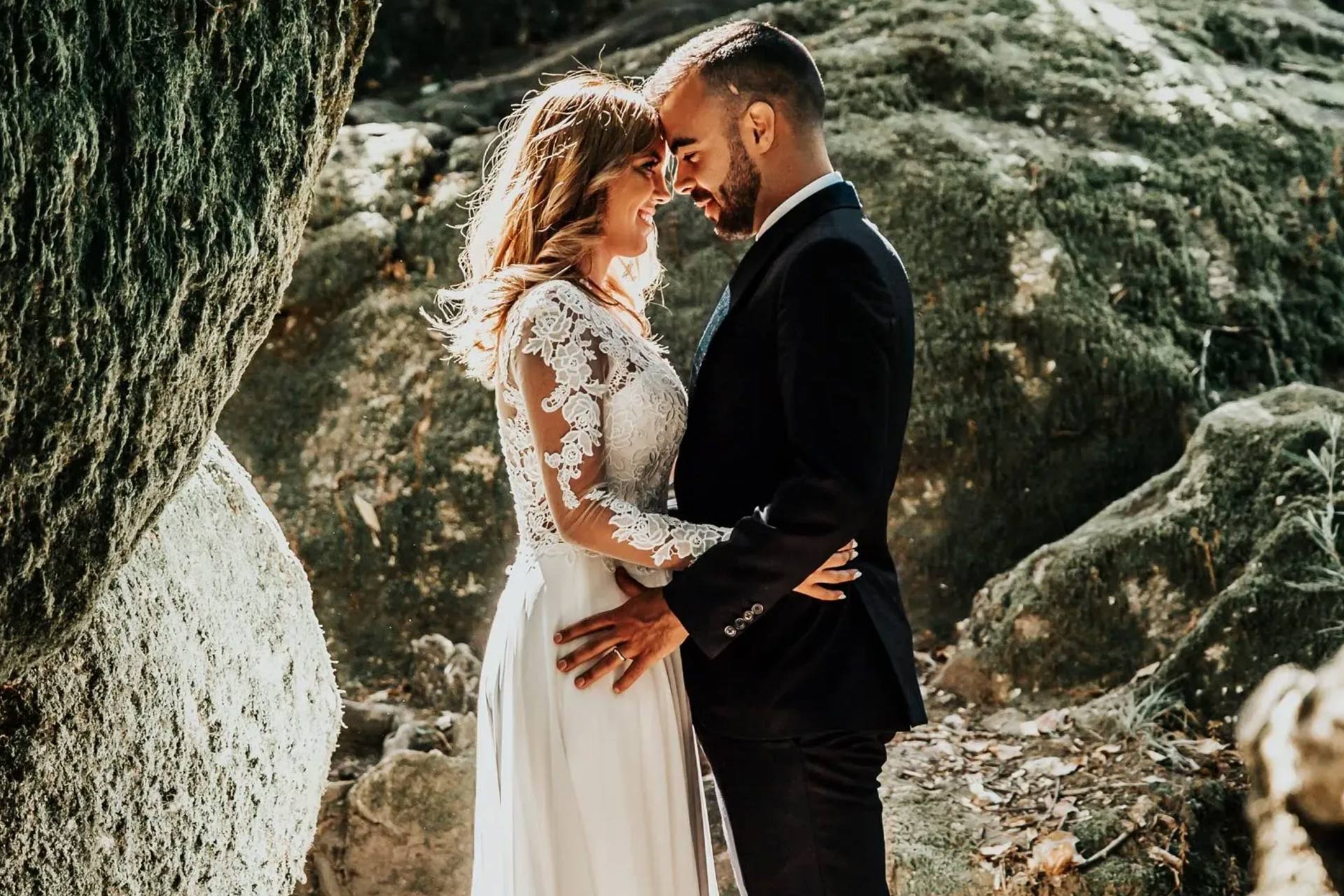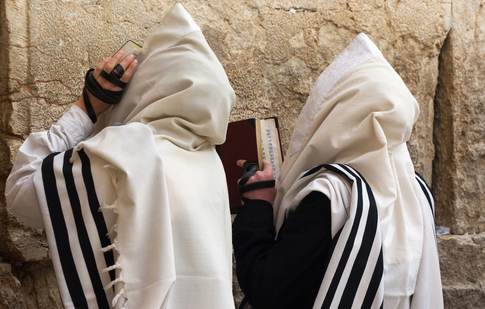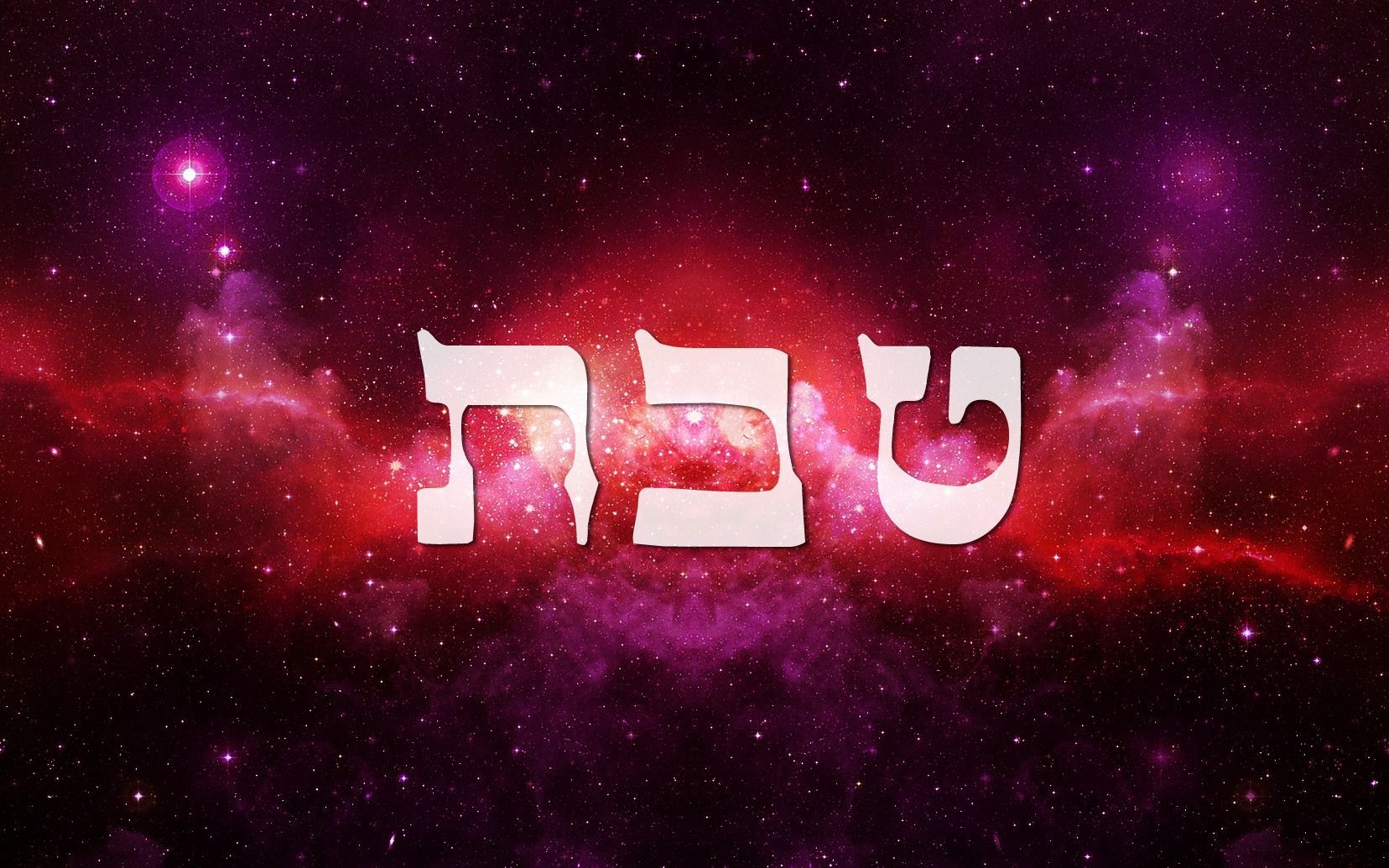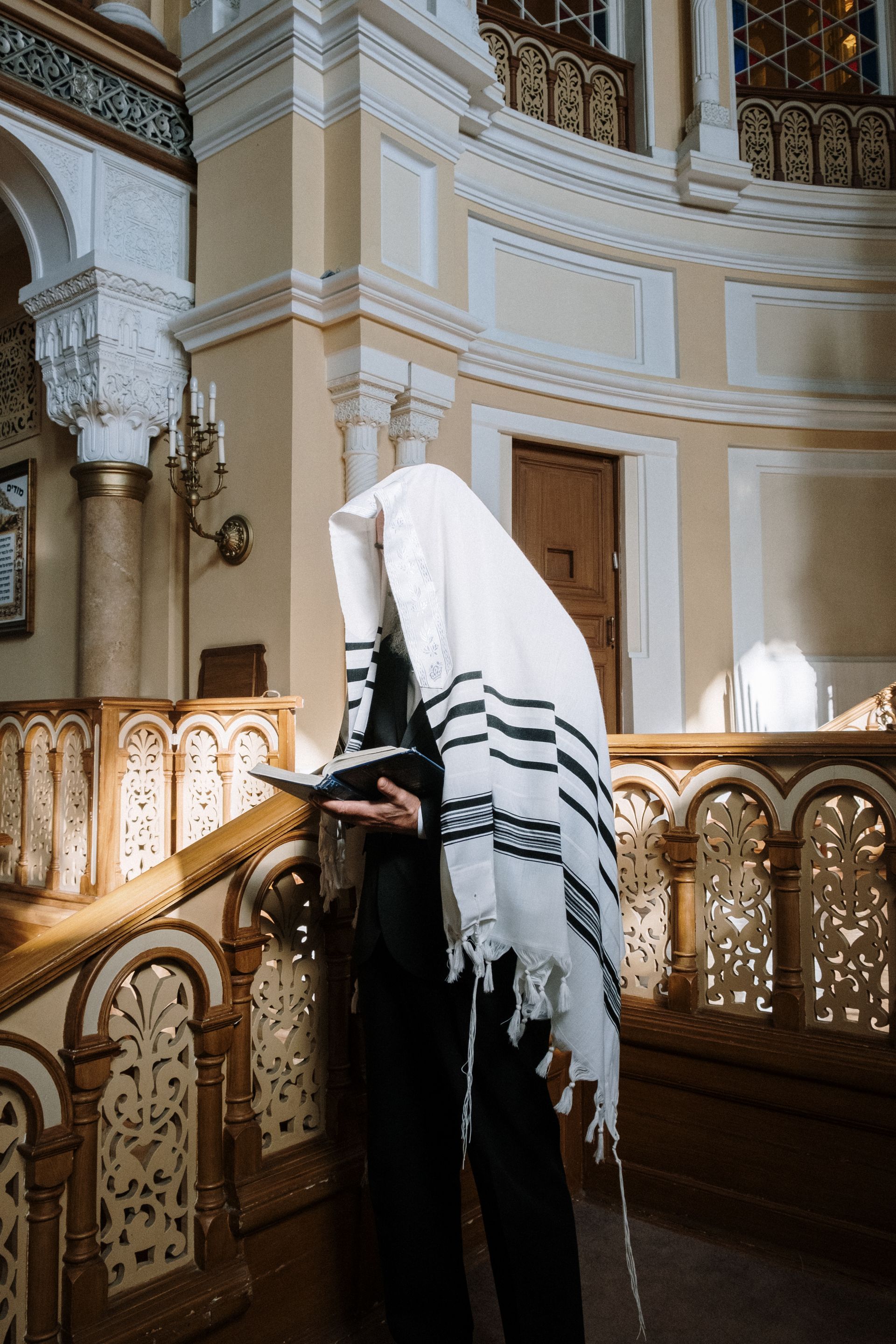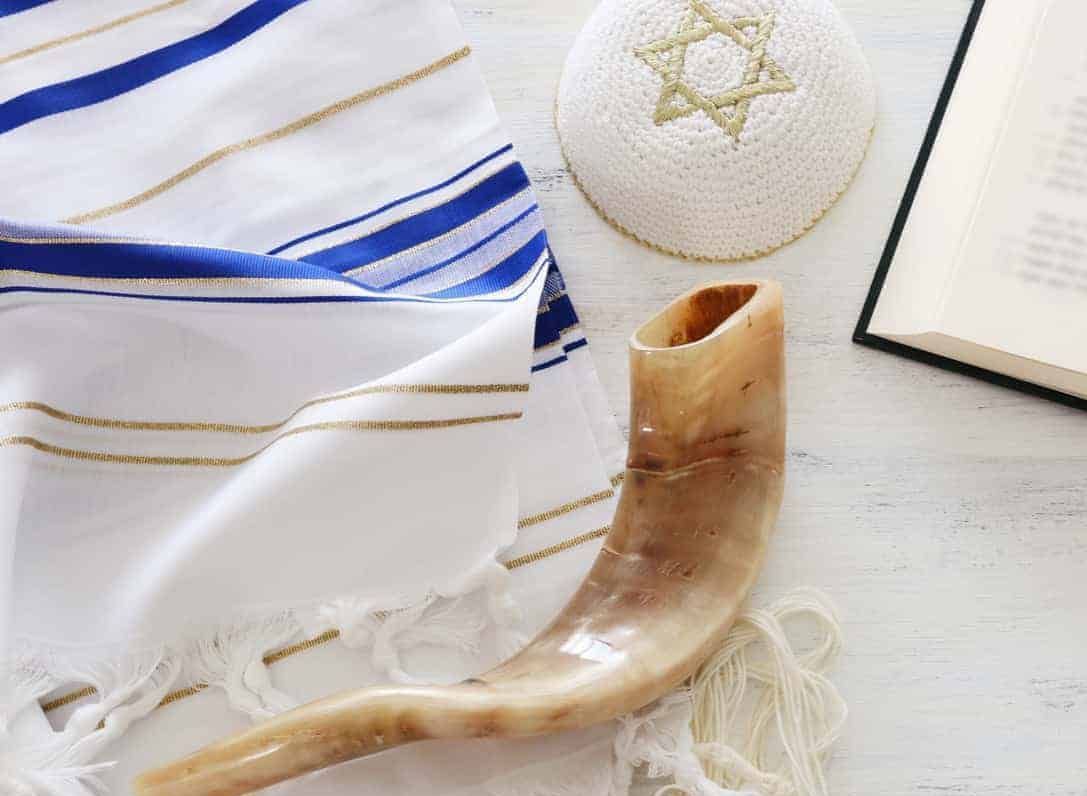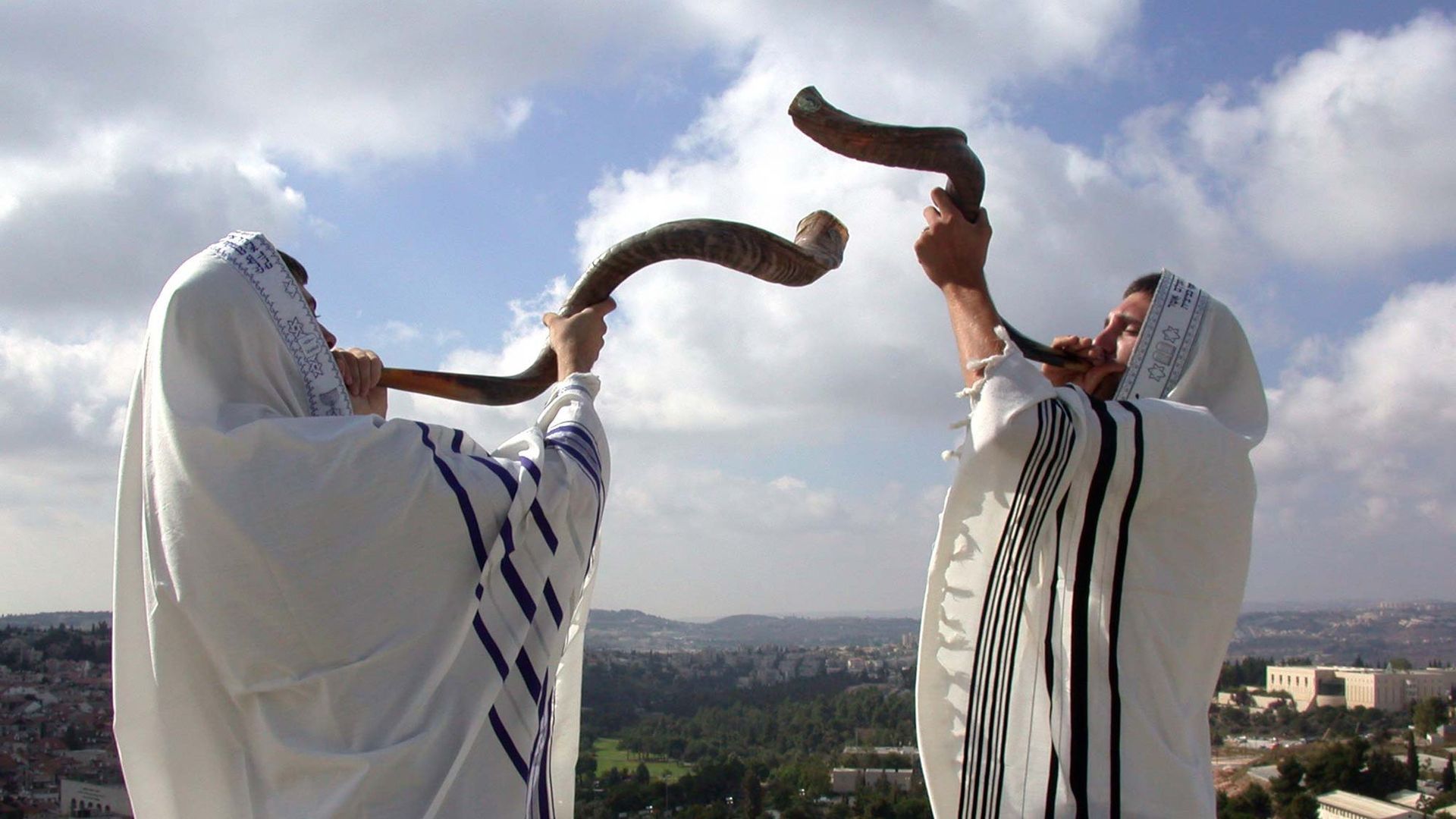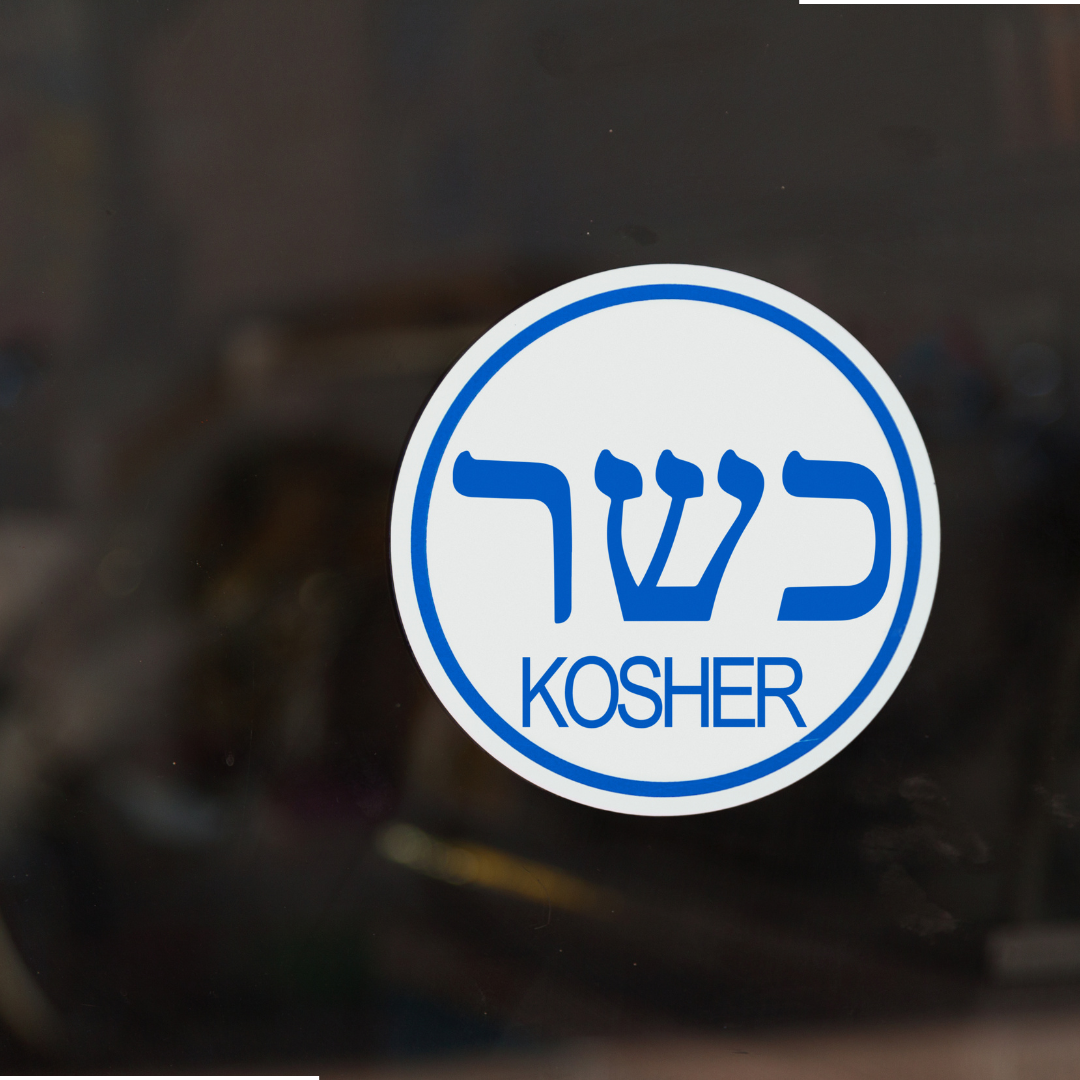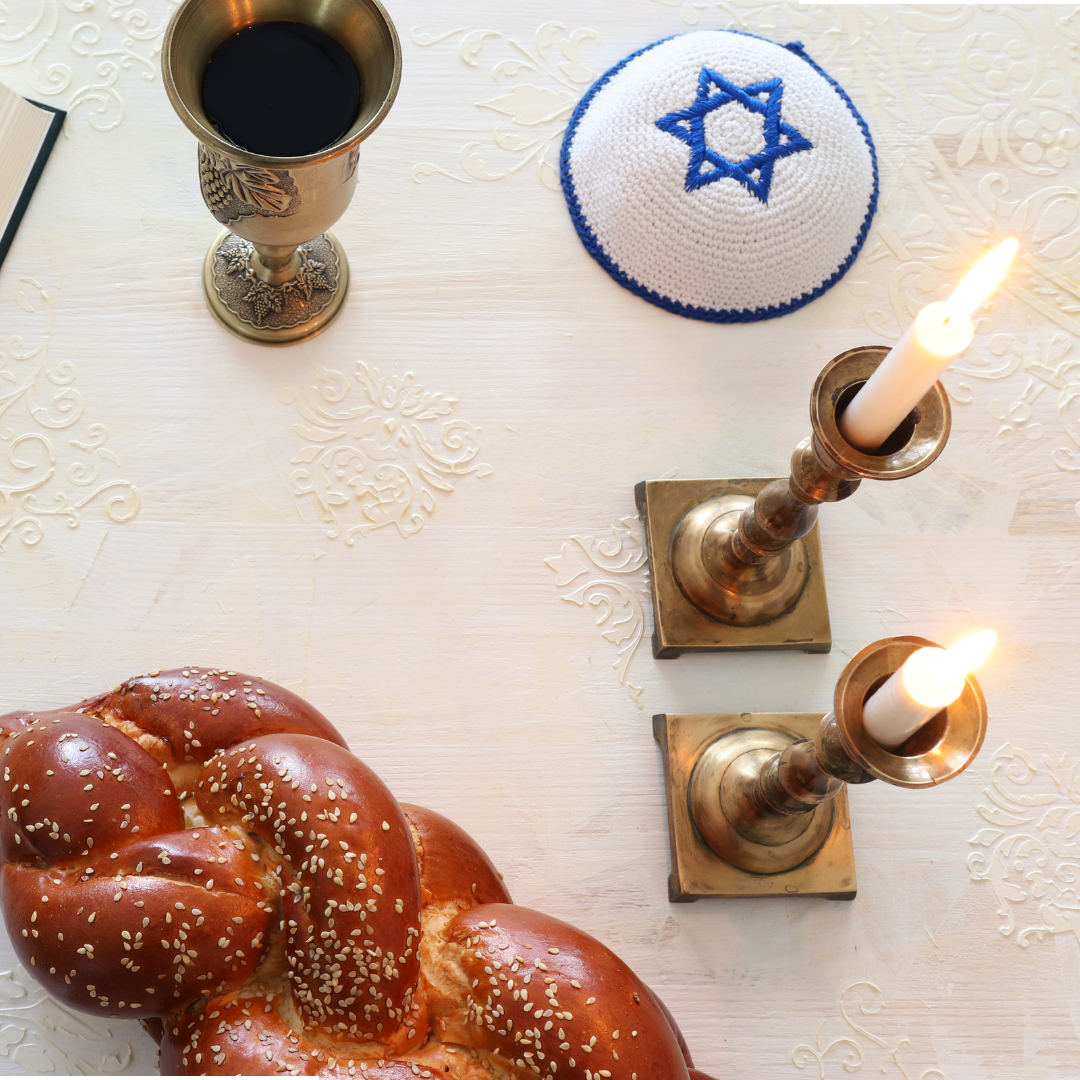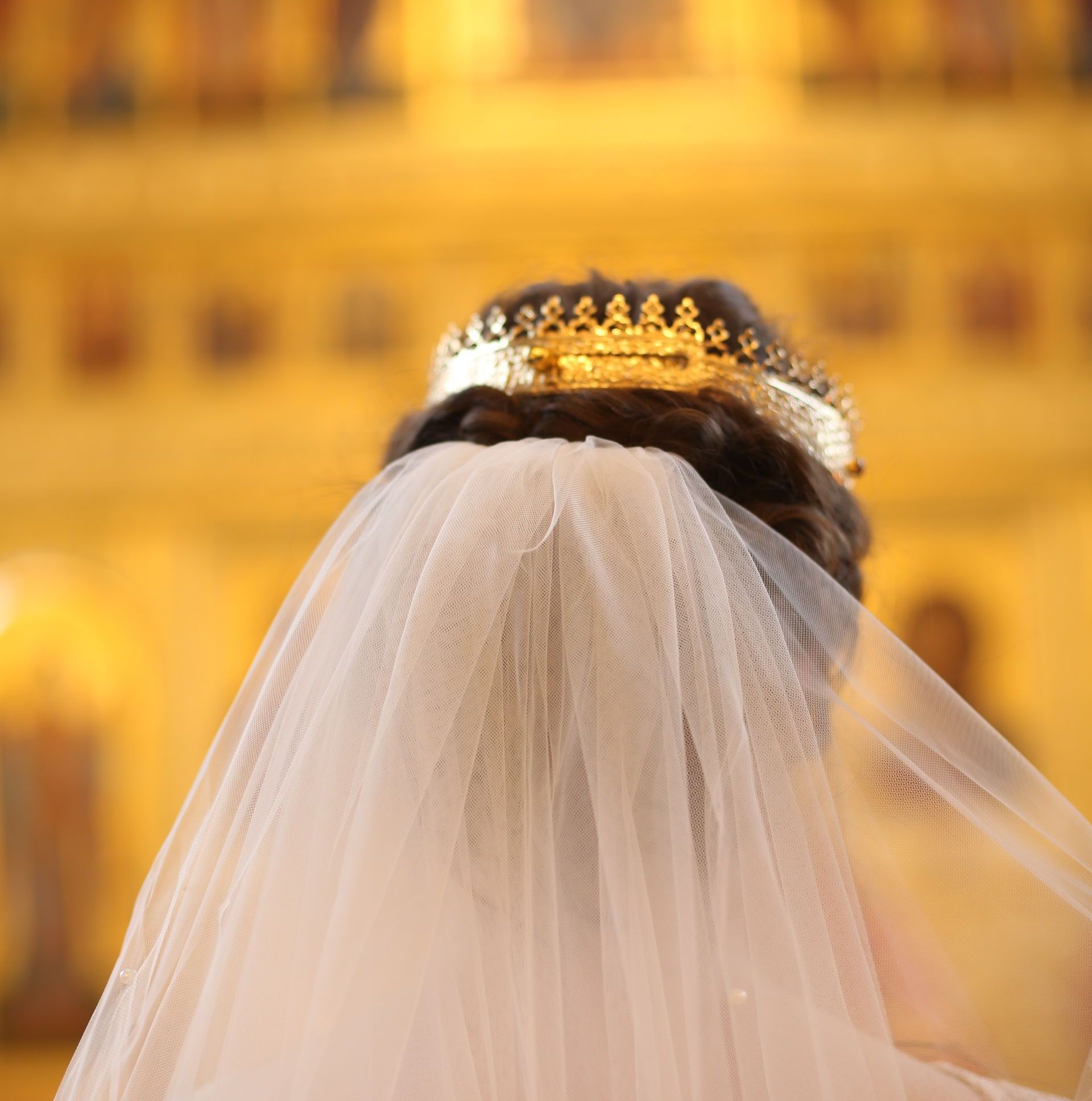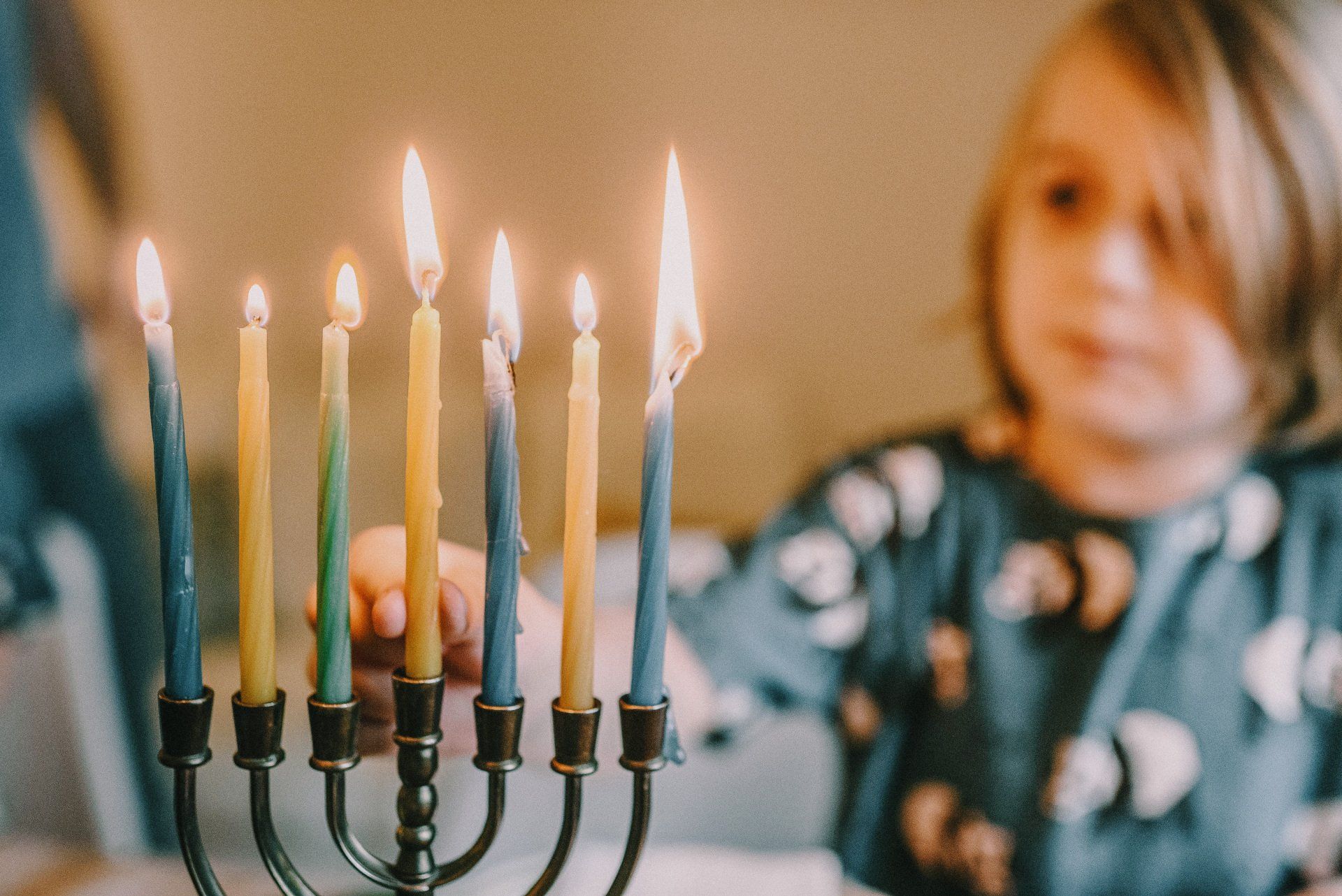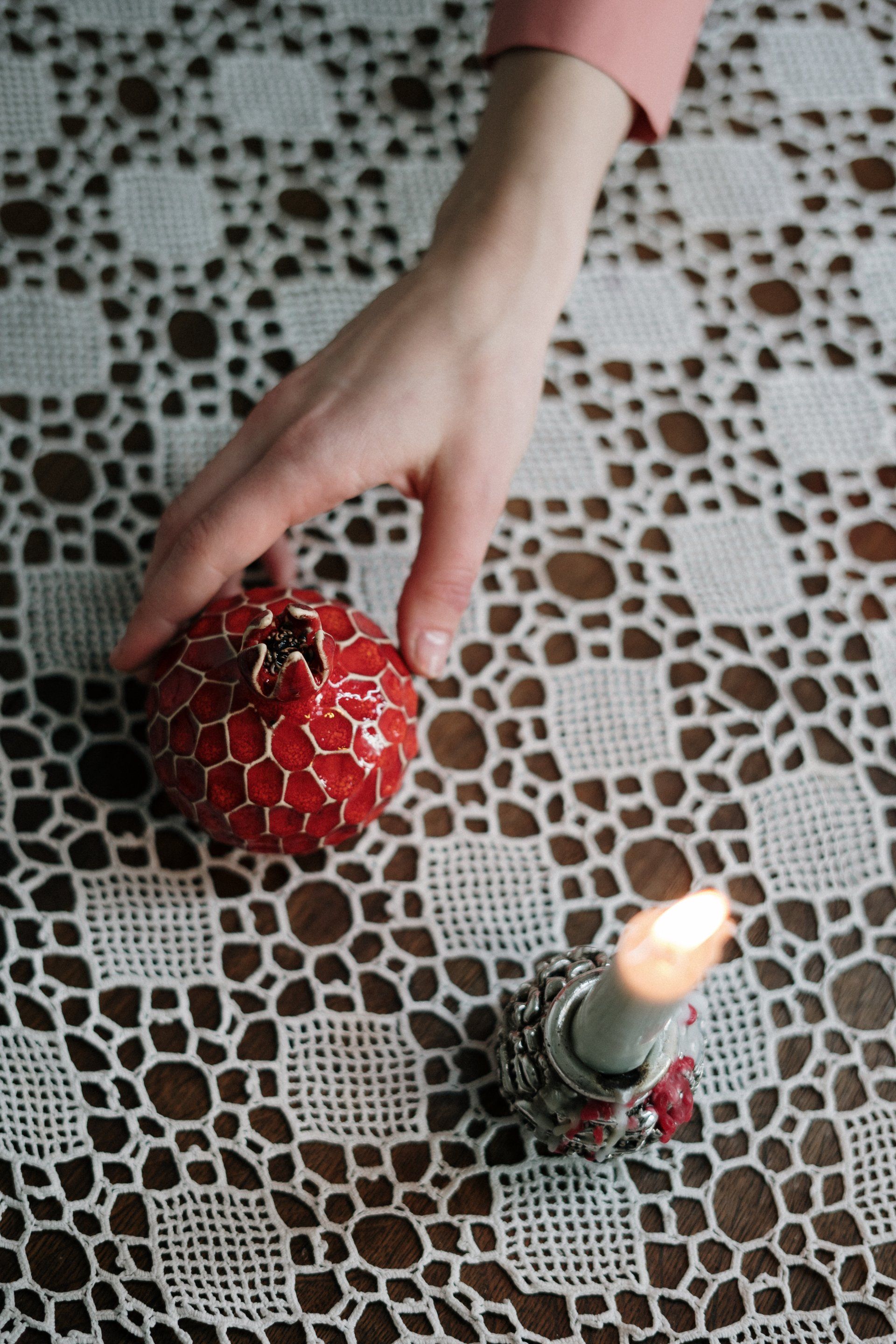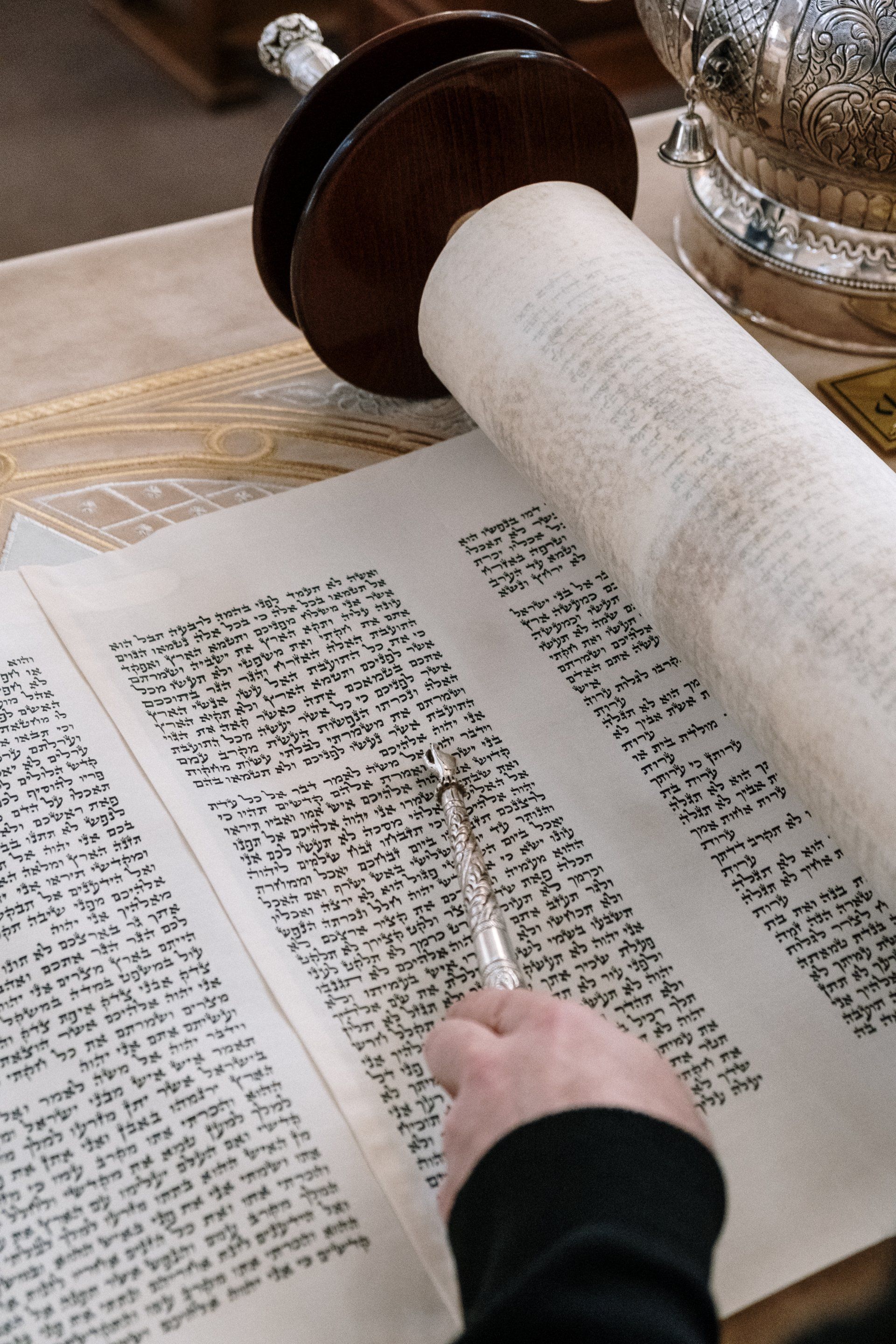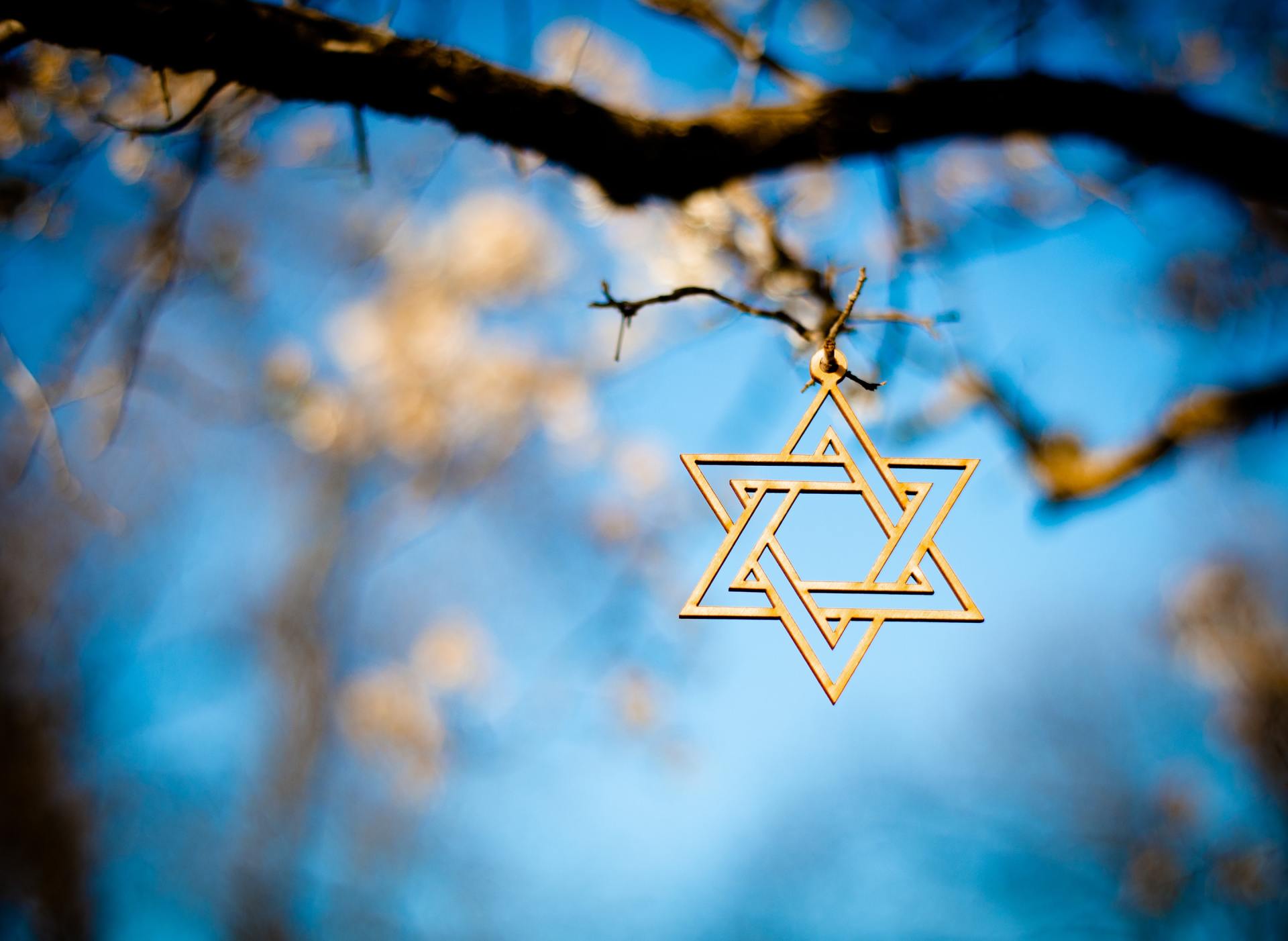Igniting Your Light: Transforming the 8th Candle into a New Beginning
The 8th candle of Hanukkah is a moment of spiritual fullness. As the menorah shines brightly with all its flames, it symbolizes the triumph of light over darkness, hope over despair, and faith over doubt.
In Jewish tradition, lighting the final candle invites us to meditate on the themes of completion, renewal, and the miracles in our own lives. It’s a time to pray for continued blessings, strength to overcome challenges, and the wisdom to see the Divine light in our everyday moments.
Throughout the first seven days of Hanukkah, consider taking time each evening to reflect and brainstorm. Let the light of each candle guide your thoughts as you recall the year’s lessons, challenges, and blessings. Use these moments to gather inspiration for a heartfelt letter, prayer, or vision that you will write on the eighth day.
On the 8th Night:
After lighting the 8th candle, recite prayers of gratitude for the miracles of the past and those yet to come. Then, bring together the reflections from the previous days and write a note for the year ahead. This can be a prayer, a vision for personal growth, or a statement of hope for what you wish to achieve and experience by the next Hanukkah.
Here’s how to make this 8th candle tradition meaningful:
- Reflect on the Past Year
Before writing, think about the last 12 months. What lessons have you learned? What prayers were answered? What prayers do you hope to be answered by next Hanukkah?
- Be Specific in Your Hopes
Write down your dreams, prayers, and intentions for the coming year. Whether it’s health, meaningful relationships, success in your endeavors, or spiritual growth, include even the smallest details. Articulating your heart’s deepest desires can bring clarity and purpose. Don’t leave Hashem guessing any details of what you’re asking for.
- Meditate on Miracles
Hanukkah reminds us of the oil that burned for eight days, a symbol that what seems impossible can become reality. Infuse your note with hope and trust in the power of miracles.
- Store It with Your Menorah
Once your note is complete, place it in a special spot alongside your menorah. When the holiday comes again, you’ll have the chance to revisit your note, reflect on the past year, and see how the light of your hopes carried through.
The 8th candle is more than the end of the holiday, it’s a new beginning. As you write your hopes and dreams, may you feel the light of Hanukkah illuminating your path and inspiring you to create a year filled with blessings, growth, and miracles.
What are you praying for this Hanukkah? Let the flames guide your heart and your future!
